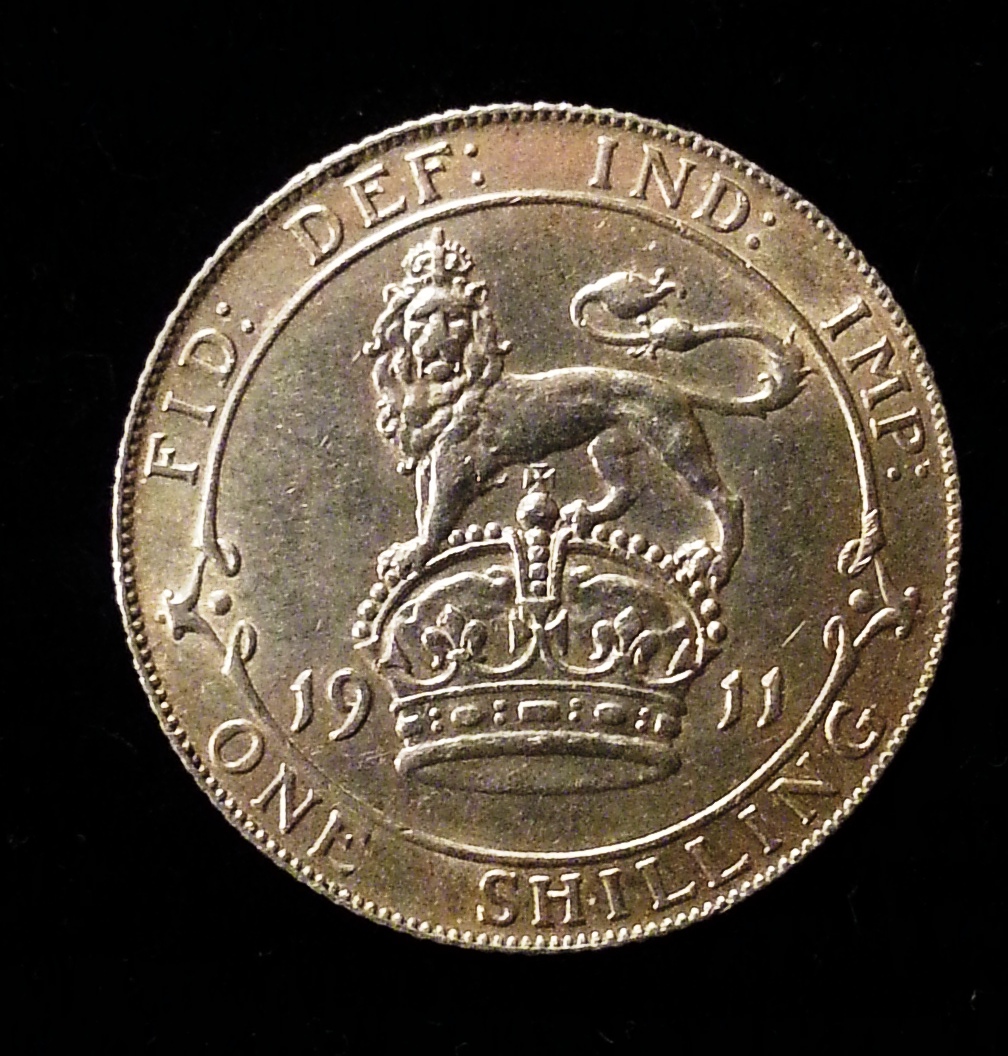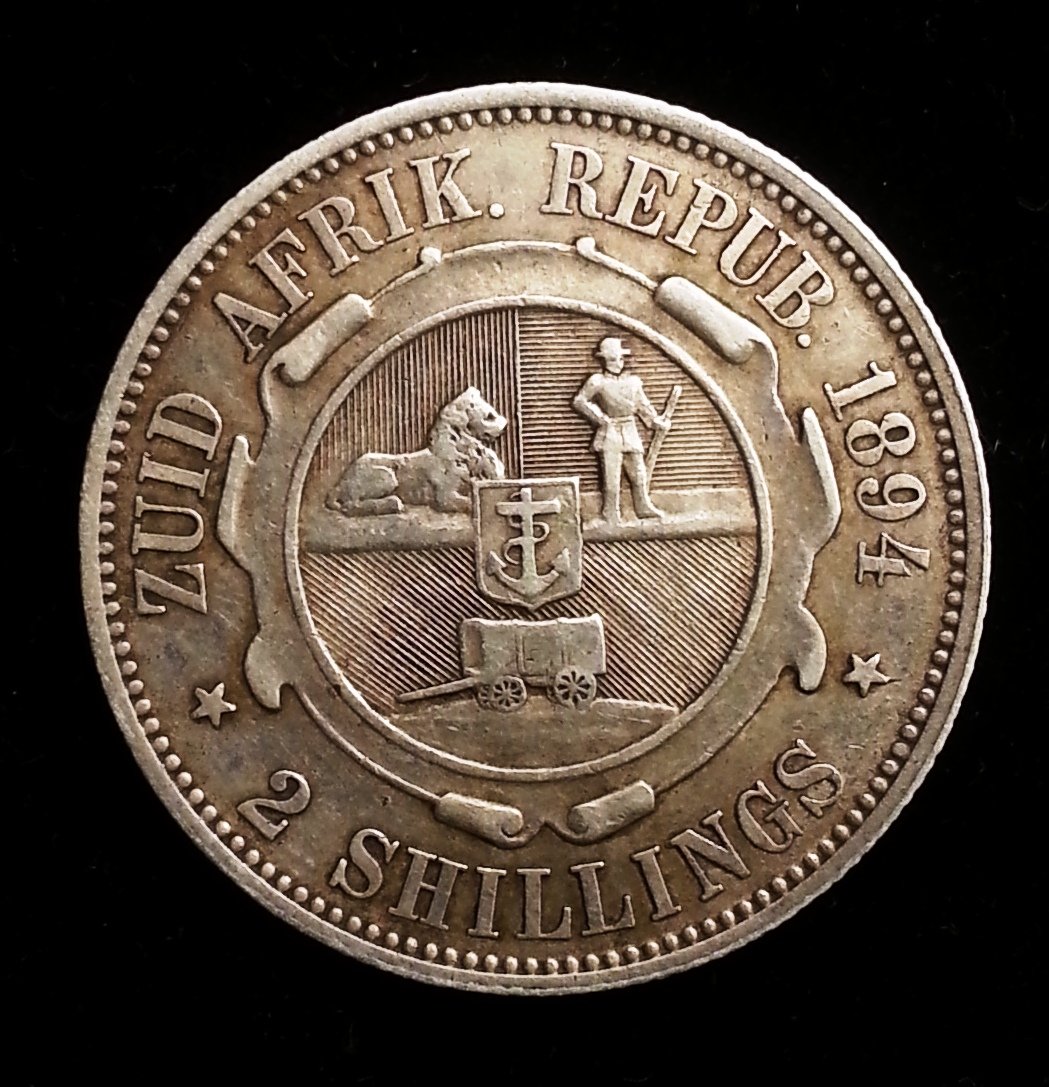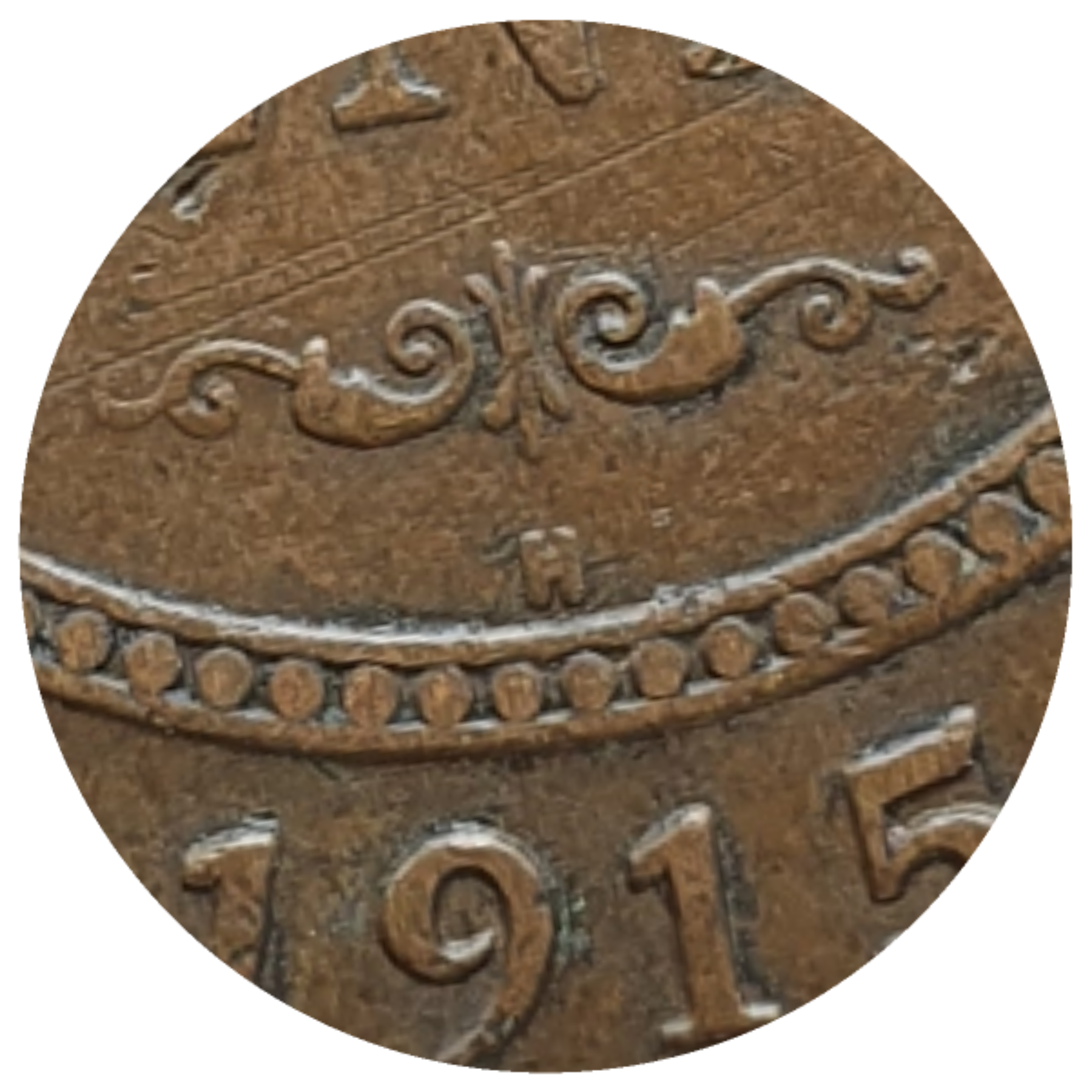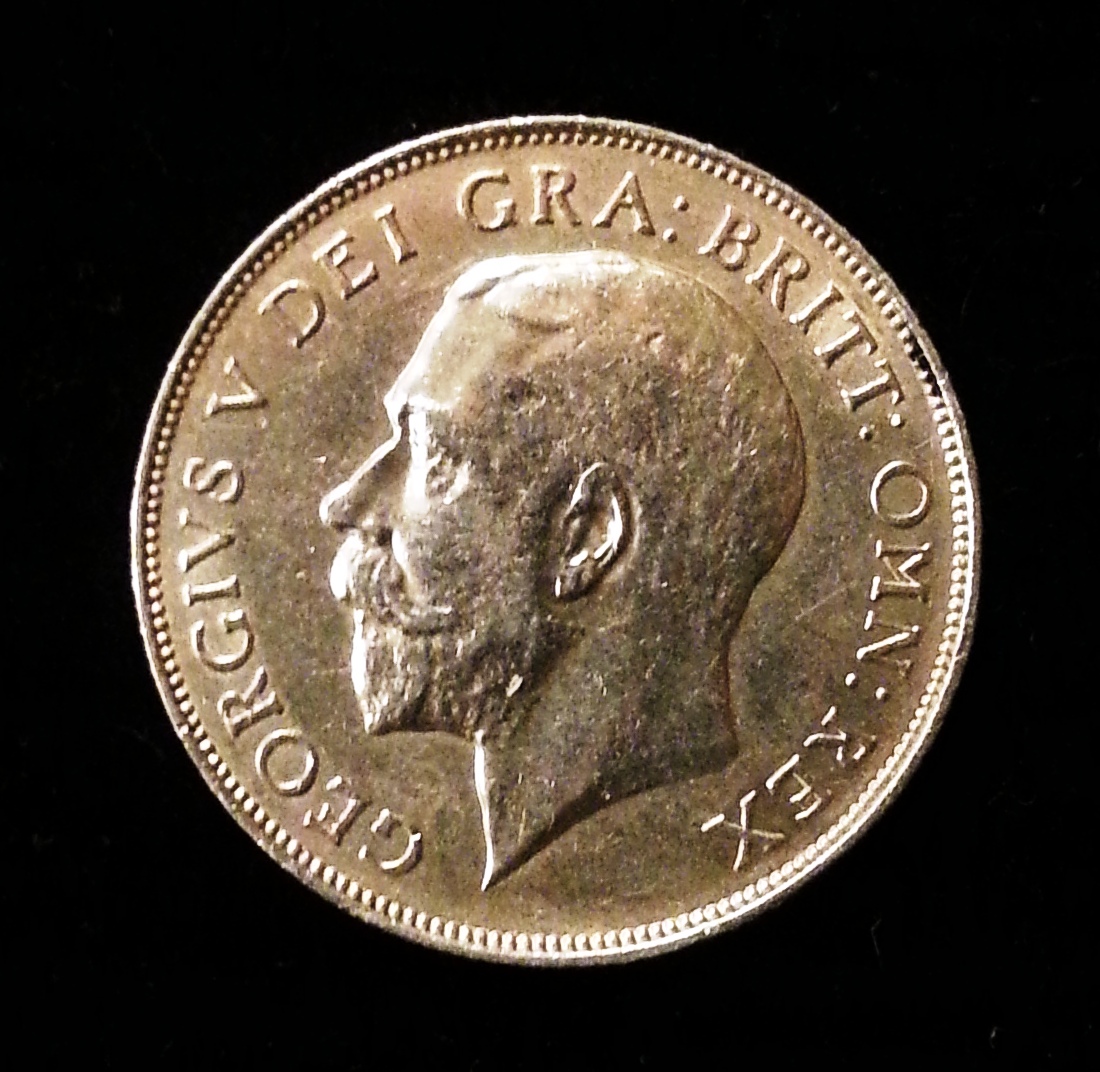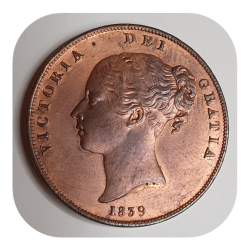1 Shilling King George V 1911
Top grade Silver Shilling. Brab a bargain
Notice: Trying to get property 'ID' of non-object in /home/sliverhammer/public_html/wp-content/themes/rehub-blankchild/inc/product_layout/full_width_advanced.php on line 295
Returns not accepted
Collect Silverhammer Coins with this purchase
T&C applyThe British shilling, abbreviated “1/-“, was a unit of currency and a denomination of sterling coinage worth 120 of one pound, or twelve pence. It was first minted in the reign of Henry VII as the testoon, and became known as the shilling, from the Old English scilling,[1] sometime in the mid-16th century. It circulated until 1990. The word bob was sometimes used for a monetary value of several shillings, e.g. “ten-bob note”. Following decimalisation on 15 February 1971 the coin had a value of five new pence, and a new coin of the same value but labelled as “five new pence” or “five pence” was minted with the same size as the shilling until 1990, after which the shilling no longer remained legal tender.[2] It was made from silver from its introduction in or around 1503 until 1946, and thereafter in cupronickel.
Before Decimal Day in 1971, sterling used the Carolingian monetary system (“£sd“), under which the largest unit was a pound (£) divided into 20 shillings (s), each of 12 pence (d).
Although the coin was not minted until the 16th century, the value of a shilling had been used for accounting purposes since the early medieval period. The value of one shilling equalling 12 pence (12 d) was set by the Normans following the conquest; before this various English coins equalling 4, 5, and 12 pence had all been known as shillings.[3]
The notation ss/dd for a number of shillings and pence was widely used (e.g., “19/11” for nineteen shillings and eleven pence). The form ss/– was used for a number of shillings and zero pence (e.g., “5/–” for five shillings exactly).

£80.00

